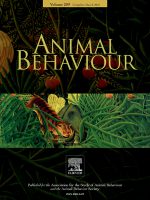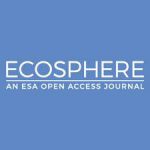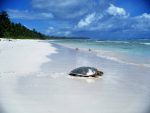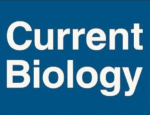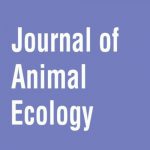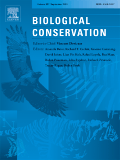Profile
I have been studying sea turtles in the Chagos Archipelago since 2012, working closely with Professor Graeme Hays and Dr Jeanne Mortimer.
During 2012-2021, we satellite tracked 36 post-nesting green turtles (Chelonia mydas) using Fastloc – GPS telemetry and recorded a huge range in migrations, from 75 km within the MPA surrounding the Chagos Archipelago to >5000 km to distant foraging grounds on the east coast of Africa, including Mozambique, Kenya and Somalia. Our current work includes use of satellite telemetry and other technologies such as drones and loggers to increase our understanding of key nesting and foraging grounds for immature and adult stages of both green turtles and the critically endangered hawksbill turtle (Eretmochelys imbricata) in the Western Indian Ocean. We are also conducting long-term monitoring of sea turtle nesting and foraging populations in the Chagos Archipelago, including long-term records of sand temperature to assess likely sea turtle hatchling sex ratios and hatching success.
Our satellite tracking research in the Chagos Archipelago has led to incredible discoveries of extensive seagrass meadows on the Great Chagos Bank at unexpected depths of 25-30 metres – providing critical habitats for juvenile fish populations and foraging green turtles.
Biography
My Project
Other interests
Currently investigating the effects of macro- and microplastics on sea turtle incubation conditions using a range of field and controlled laboratory conditions. This research is funded by DEFRA Darwin Plus project (2019-2022): Reducing the impacts of plastic on the Chagos Archipelago natural environment.
My Publications

A Global Assessment of Microplastic Abundance and Characteristics on Marine Turtle Nesting Beaches
Botterell, Z.L.R., et al (includes Esteban, N., Hays, G.C., Mortimer, J.A.) (2025). A global assessment of microplastic abundance and characteristics on marine turtle nesting beaches. Marine Pollution Bulletin.

Low Growth Rates at High Population Densities in Sea Turtles
Mortimer, J.A., Esteban, N., Laloe, J.-O., Stokes, H.J., Tromp, J.J., Hays, G.C. (2025) Low growth rates at high population densities in sea turtles. Marine Biology.

Optimization of Swim Depths Across Diverse Taxa Furing Horizontal Travel
Stokes, K.L., Esteban, N., Casale, P., Hays, G.C. (2024) Optimization of swim depths across diverse taxa during horizontal travel. PNAS

Assessing the Impacts of Satellite Tagging on Growth of Immature Hawksbill Turtles
Stokes, H.J., Stokes, K.L., Mortimer, J.A., Laloe, J-O., Esteban, N., Hays, G.C. (2024). Assessing the impacts of satellite tagging on growth of immature hawksbill turtles. Methods in Ecology and Evolution.
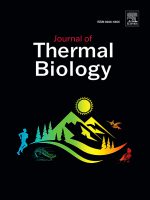
Empirical Evidence for the Extent of Spatial and Temporal Thermal Variation on Sea Turtle Nesting Beaches
Stokes, H.J., Laloe, J-O., Esteban, N., Hays, G.C. (2024). Empirical evidence for the extent of spatial and temporal thermal variation on sea turtle nesting beaches. Journal of Thermal Biology


